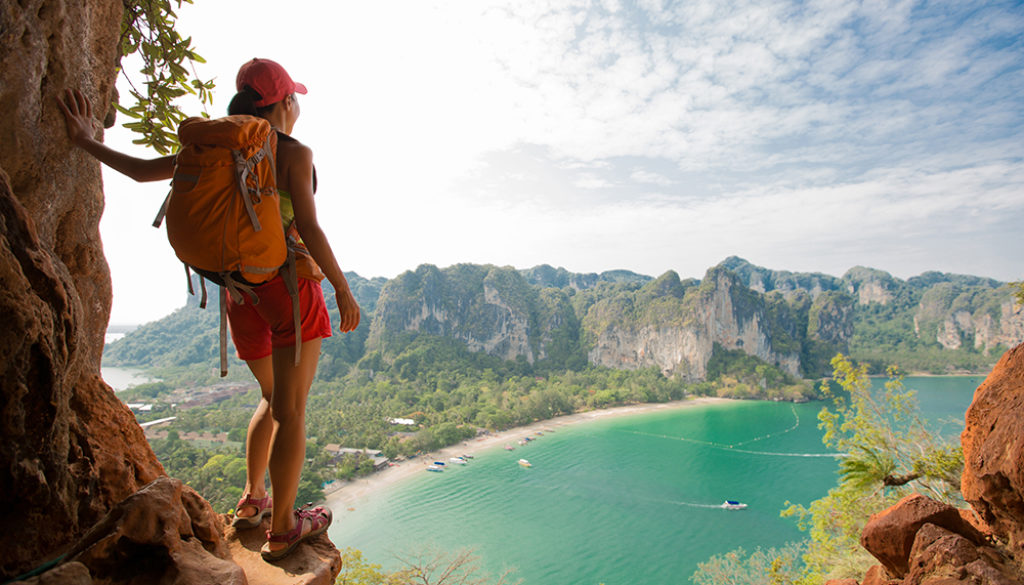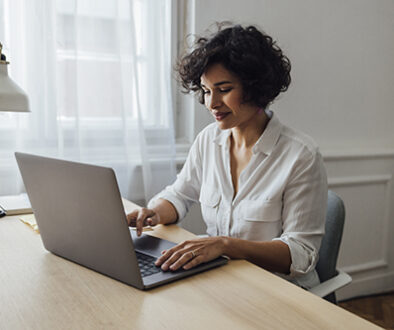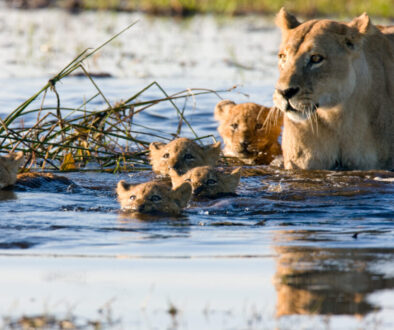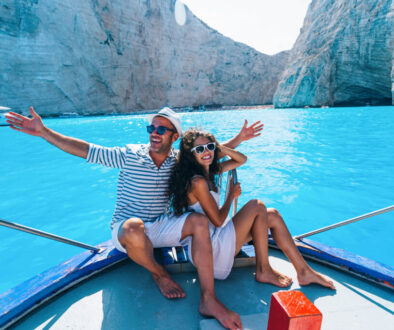Water Purification
The What’s What of Water Purification
Bottled water, filters, chemicals, boiling, UV lights – there are many options for accessing clean drinking water while travelling. But are all methods equally as effective? The answer is no! Below we will review the pros and cons of several options for clean water and disinfection methods.
Bottled Water
Bottle water is the convenient go-to for most travellers. It is usually cheap and easy to come by. However, in some places it may not be much better than tap water. It is important to ensure that it is properly sealed. It is also important to consider the environmental impact of the plastic bottles as most developing countries do not recycle.
Let’s talk about alternatives!
Heat
Heat is a sure way to kill the most common bacteria, viruses and parasites. Although most organisms are killed below boiling point, bringing the water to a boil is the only recognizable way without a thermometer to ensure that the water is hot enough to kill all microorganisms. Boil the water for 1 minute, or to conserve fuel you can bring the water to a boil, turn off the stove and keep the container covered for several minutes.

Filters
There are different types of filters that travellers can consider carrying with them as an alternative to bottled water and if boiling water is not always an option. The most important factor to consider is the pore size of the filter. Those with a pore size of 0.1-0.4 microns can usually remove parasites and bacteria but may not always remove viruses. There are filters available the can remove molecules smaller than 0.1 microns known as ultrafiltration, nanofiltration and reverse osmosis. Many products of this type are often expensive, slow to use, and can add bulk and weight to baggage. Filters with a portable design often have a pore size of only 0.2 microns so these filters are best used in combination with chemical disinfection.
Chemical Disinfection

The most common types of chemical disinfection products are iodine and chlorine. Sodium hypochlorite, the active ingredient in household bleach, is also used worldwide at a concentration of 1.5% to disinfect water. When used in sufficient concentration and water treatment time, chlorine and iodine will kill bacteria and viruses, but may not be effective at killing all types of parasites. This is why chemical disinfection can also be supplemented with a filter to ensure that all viruses, bacteria and parasites are removed. Chemicals can also be neutralized by cloudy water so it is important to ensure that water is clarified with a filter before using chemical disinfection.
Iodine can affect the thyroid so it is recommended to limit iodine use to a few weeks of emergency use. It is also not recommended for anyone with an unstable thyroid disease, iodine allergy, or pregnant women.
Chemical disinfectants can alter the taste of your clean drinking water. The taste can be improved by:
- Running the treated water through a filter containing activated carbon
- Adding a 25mg tablet of vitamin C to treated water

Chlorine dioxide is another type of chemical disinfectant that can kill viruses, bacteria and most parasites. Low doses do not affect the taste or colour of the water.
Ultraviolet (UV) Light
UV light will kill bacteria, viruses and parasites in water, but does require clear water to be effective. Portable, battery-operated devices are available that will disinfect small quantities of clear water. Other larger units are available for larger volumes of water but require power devices.
An example of a portable UV light device is the SteriPen. There are several models of this device but most are relatively small and easy to pack into your luggage. There are battery-operated and rechargeable models that will treat small volumes of water (i.e 0.5 L – 1L) in only a few minutes. Also available is a pre-filter that fits with the SteriPen to filter out larger particles to ensure that water is clear.
In Summary….
- Boiling is the most effective and reliable alternative to bottled water.
- Filters may not be small enough to get rid of viruses, so use in combination with chlorine or iodine (which used alone may not kill all parasites).
- Chlorine disinfectant is favourable over iodine as iodine can affect the thyroid.
- Chlorine dioxide is another type of chemical disinfectant that will kill viruses, bacteria and parasites.
- UV light will kill viruses, bacteria and parasites but water must be clear.
The technique you choose will of course depend on personal preference, water source, and type of travel you are doing!



